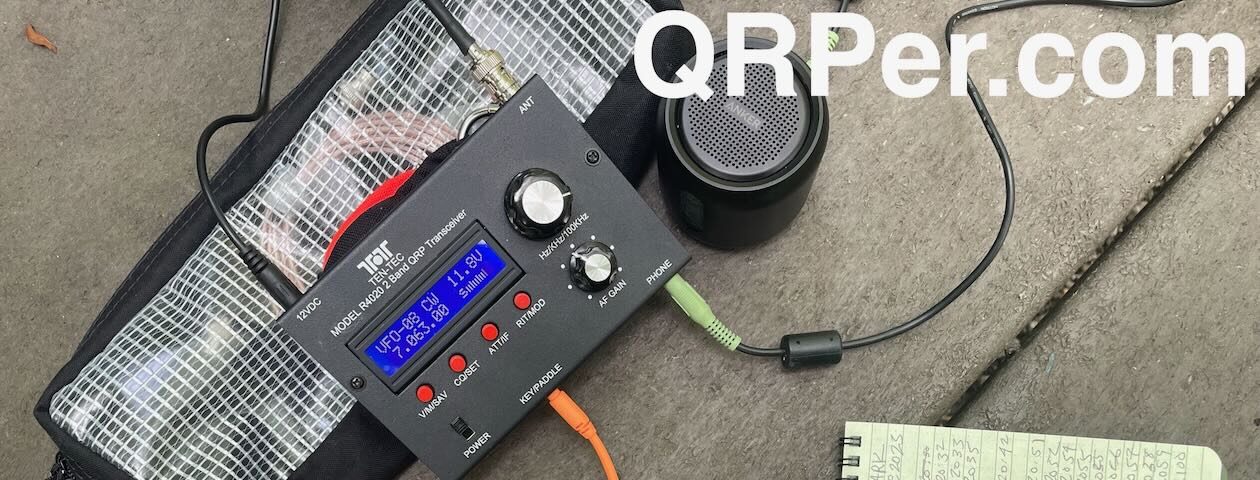 Many thanks to Paul (W0RW) who shares the following guest post:
Many thanks to Paul (W0RW) who shares the following guest post:
Sherlock Investigates: Electrostatic Discharge (ESD) Protection; Is It Still Needed?
Improper handling of electronic assemblies with microcircuits during testing, production, and repair can still cause catastrophic and latent damage. Designers have developed protection methods that reduce ESD susceptibility after the product is completely packaged, so you might not see any damage to final products, but those who build or repair electronic assemblies still have to take precautions not to damage items.
If you are familiar with and employ standard ESD handling procedures you will be safe. The ESD Association has training on their web site https://www.esda.org/esd-overview/
This is the most important ESD fact:
“Static is generated by the contact and separation of unlike materials”.
That means ‘you’ probably are the biggest ESD hazard around your workbench. When you get up out of your chair many thousands of volts can be generated. Grounded wrist straps prevent damage from this.
Humidity is a big factor in reducing ESD damage. If you live near the ocean you won’t have as much ESD susceptibility as someone working in Colorado.
It’s not only electronics that are affected by ESD. Perhaps you have seen the ESD warning signs on gas station pumps. People sliding out of a car that is being fueled has caused fires. Filling metal gas cans in pickup trucks with bed liners can be hazardous; The only safe way to fill a gas can is to place it on the ground.
The pictures shown here are from Sherlock’s Failure Analysis Laboratory. They show the physical damage to microcircuits that was caused by static electricity.
Sherlock (a.k.a. W0RW) is a NARTE* ‘Electrostatic Discharge Control, Certified Engineer’ (ESD-00020-NE).
*National Association of Radio and Telecommunications
Engineers, Inc.








While I was working in military electronics it was a must for all hardware be worked on with ESD protection; ESD mats, soldering stations protected, tech bonded to the work station. This was from parts receiving, supply and storage to manufacturing, to repair to final assembly. All components and boards were in ESD containers and only handled with ESD protection.
Private industry also follows these procedures. have since the 1980s, for over 40 years.
The major concern was damage that allowed components to work, but due to damage could cause components to no longer be able to handle the power and eventually fail, usually in the field.
I as an EE often would not be allowed to work with the products, only trained techs.
73, ron, n9ee
Can anyone give a basic minuimum standard us hobbyists should be aiming for? And suggestions on how to implement it?
Minimum ESD Standards ?
If it is an expensive… Employ all.
If is inexpensive… Always touch ground (discharge yourself) before handling item.
Pail w0rw
Thanks for this post. Although I live in a coastal area, I need to pay closer attention to this issue. Especially when the weather gets dry in the winter.
A little reading about ESD:
https://www.blm.gov/sites/blm.gov/files/Lands_ROW_Motorola_R56_2005_manual.pdf#page467
you can find it here.